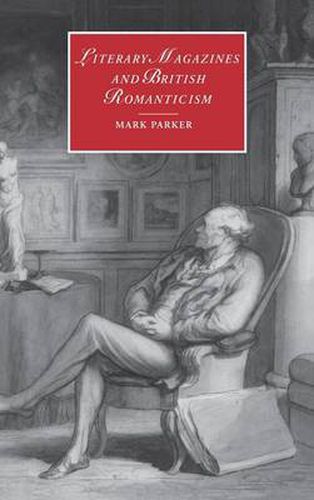Readings Newsletter
Become a Readings Member to make your shopping experience even easier.
Sign in or sign up for free!
You’re not far away from qualifying for FREE standard shipping within Australia
You’ve qualified for FREE standard shipping within Australia
The cart is loading…






In this study, Mark Parker proposes that literary magazines should be an object of study in their own right. He argues that magazines such as the London Magazine, Blackwood’s Edinburgh Magazine, and the New Monthly Magazine, offered an innovative and collaborative space for writers and their work - indeed, magazines became one of the pre-eminent literary forms of the 1820s and 1830s. Examining the dynamic relationship between literature and culture which evolved within this context, Literary Magazines and British Romanticism claims that writing in such a setting enters into a variety of alliances with other contributions and with ongoing institutional concerns that give subtle inflection to its meaning. The book provides the only extended treatment of Lamb’s Elia Essays, Hazlitt’s Table-Talk Essays, Noctes Ambrosianae, and Carlyle’s Sartor Resartus in their original contexts, and should be of interest to scholars of cultural and literary studies as well as Romanticists.
$9.00 standard shipping within Australia
FREE standard shipping within Australia for orders over $100.00
Express & International shipping calculated at checkout
In this study, Mark Parker proposes that literary magazines should be an object of study in their own right. He argues that magazines such as the London Magazine, Blackwood’s Edinburgh Magazine, and the New Monthly Magazine, offered an innovative and collaborative space for writers and their work - indeed, magazines became one of the pre-eminent literary forms of the 1820s and 1830s. Examining the dynamic relationship between literature and culture which evolved within this context, Literary Magazines and British Romanticism claims that writing in such a setting enters into a variety of alliances with other contributions and with ongoing institutional concerns that give subtle inflection to its meaning. The book provides the only extended treatment of Lamb’s Elia Essays, Hazlitt’s Table-Talk Essays, Noctes Ambrosianae, and Carlyle’s Sartor Resartus in their original contexts, and should be of interest to scholars of cultural and literary studies as well as Romanticists.